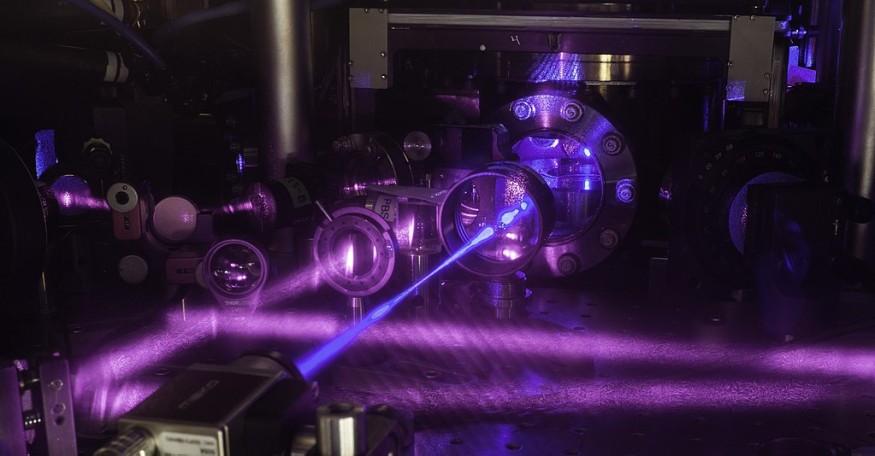
A team of scientists has pioneered the most accurate atomic clock in the world, with the potential to drive new frontiers in physics and space and quantum computing.
The Future of Timekeeping
Atomic clocks rely on microwaves to determine the length of one second. Illuminating atoms with visible light might allow for a much more accurate count of seconds because the frequency of light waves is higher.
Compared with microwave-based clocks, light-based or optical atomic clocks have the predictable potential for losing no more than one second within 30 billion years. To accomplish this, then such clocks shall be of high precision or able to measure small fractions of a second.
Driven by the ever-ticking pursuit of perfection, a team of researchers has developed an atomic clock which is more precise and accurate than any clock previously created. This new clock was created by researchers at the Joint Institute for Laboratory Astrophysics (JILA), a joint institution with the National Institute of Standards and Technology together with the University of Colorado Boulder.
The atomic clock traditionally used a beam of visible light. Meanwhile, the JILA researchers had applied an optical lattice to tens of thousands of atoms simultaneously to be measured. Thereby, this provides more data for the atomic clock to arrive at a precise and more correct measurement of a second.
The optical lattice approach is nothing new and has been here a while, but the researchers at JILA used a relatively gentle approach to make their measurements that reduced two sources of error: the laser itself measuring the atoms and effects from atoms when they bump into each other upon being packed tightly together.
The development of the clock is described in the paper "A clock with 8×10-19 systematic uncertainty." According to JILA physicist and study co-author Jun Ye, the new clock pushes the boundaries of what is possible with timekeeping.
READ ALSO : New Atomic Clock Innovation Record-Breaking on Timekeeping, Loses Only One Second Per 300 Billion Years
Surprising Applications of Atomic Clock
The new light-based atomic clock is so accurate that it would be able to measure very small effects from gravity, just as Einstein's theory predicted. This new light-based atomic clock does not only lead to a much more precise definition of a second but could also be used in the discovery of new underground mineral deposits.
According to Einstein's theory of general relativity, time is affected by gravity. A stronger gravitational field results in a slower passage of time.
JILA researchers say that the newly developed clock is so sensitive that it could detect the effect of gravity on timekeeping even at a submillimeter scale. When the clock is raised or lowered even at small distances, subtle changes can be observed in the flow of time due to gravity.
Quantum computers are known to manipulate the properties of atoms and molecules to carry out complex computations. Since the JILA clock is capable of making precise measurements, the researchers plan to use it in that major microscopic domain wherein theories of general relativity and quantum mechanics meet.
The clock's precision can also help astronomers keep precise time over extremely large distances in space. If we want to land a spacecraft on Mars with pinpoint accuracy, we need clocks that are orders of magnitude more precise than what we have today in GPS.
Check out more news and information on Atomic Clock in Science Times.
© 2026 ScienceTimes.com All rights reserved. Do not reproduce without permission. The window to the world of Science Times.










